What to Do When a Pipe Bursts in Your Home
Coming home to burst pipelines and a water leak-- the thought alone suffices to fill any house owner with fear. However, it's an unfortunate truth for numerous. If a pipeline bursts in your home, do you know what to do? We've consulted market professionals in pipes, remediation and insurance claims to share these vital, time-sensitive very first steps.
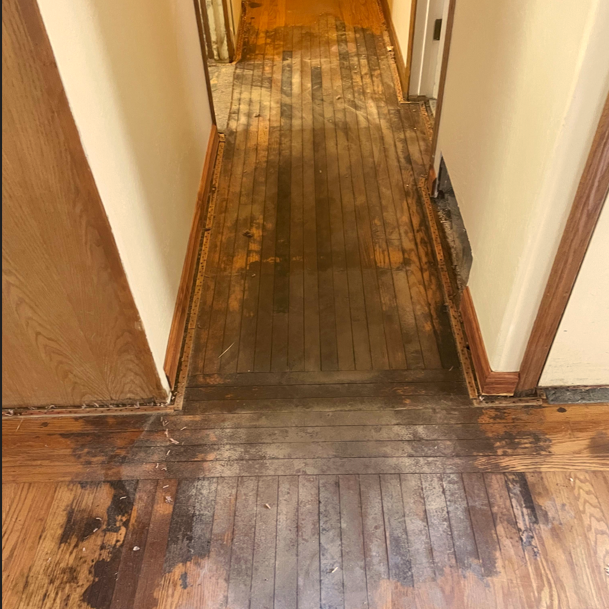
Follow along to find out how to acknowledge the signs of a busted water pipe, the first things you need to do when a pipeline bursts in your home and how to avoid your pipes from freezing in the first place.
Indications of a Busted Water Pipe
In some cases, a busted water pipe can reveal indication before severe damage occurs. Watch out for common signs of a pipe burst, that include:
Varying water pressure.
Stained, rusty water with a strange smell. Pipes making clanging noises behind walls. Your water costs all of a sudden spiking. Puddles forming under your sinks.
If you observe indications of a burst pipeline, you must act rapidly to restrict the damage that is done.
First Steps to Take When a Pipe Bursts1. Switch off Your Water and Drain the Faucets
The first thing you need to do when you find a burst pipeline is shut down your water. The quicker you can do this, the better your possibilities are of reducing water damage. Your primary water shut-off valve is likely located near your water heater, in a crawl space or in your basement.
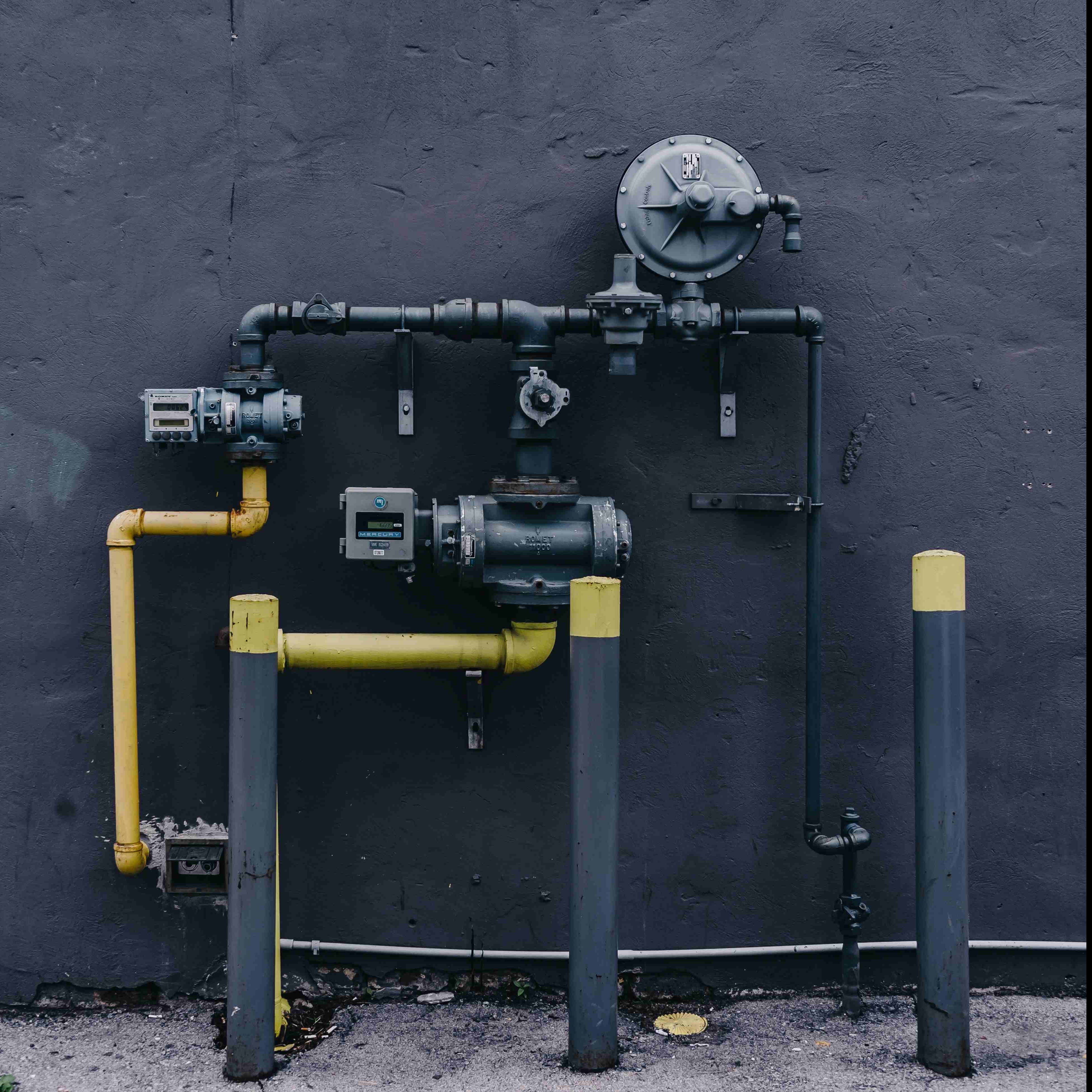
As soon as the water has been shut off, you must open your faucets to drain pipes the remaining cold water in your pipelines. This will eliminate pressure in your pipeline system and can assist prevent extra locations from freezing.
Then, flush all the toilets in the house. As soon as water is no longer ranging from the taps, any leaks ought to stop.
Depending on the location and size of the leakage, you may likewise require to turn off your electrical energy. If you suspect the dripping water entered contact with any electrical sockets or your circuit box, this is a crucial preventative measure to take.
2. Locate the Burst Pipe
Your next step needs to be to figure out where the pipe burst. If it appears to have been leaking for a while, be careful going into spaces and search for bulging ceilings and other warning signs that water damage has actually already occurred. If you catch the leak early enough, put a bucket below to capture dripping water.
3. Employ Professional Help
As soon as possible, call in the specialists to handle repair work.
Work with an expert plumbing technician to fix or replace your burst pipes, and if you have any damage to your electrical system, you should bring in a reliable electrician.
According to HomeAdvisor, the typical property owner invests in between $1,000 and $4,000 on burst pipeline repair and clean-up, though costs can vary based upon area, the extent of the damage and if emergency situation after-hours service is needed.
4. If There's Damage, Document It for an Insurance Claim
If the damage from your burst pipe seems comprehensive, you should begin taking pictures of affected locations immediately, and continue to do so every action of the method. The professionals at ClaimsMate Public Adjusters encourage, "Take a close-up photo of whatever that's damaged, together with water lines and water-damaged items. Place a measuring tape to demonstrate how high the water is, then back up to take pictures at various angles, showing the areas in your house where damage has taken place."
They likewise recommend turning the water back on temporarily, so you can take a video of the leak.
As soon as water damage happens, you normally have a three-day window till microorganisms spread and mold begins to grow, so it's essential to file a claim as quickly as you discover the leak. If you have trouble comprehending what's covered in your house owners' insurance coverage, you can reach out to a public adjuster in your location. They'll generally evaluate your policy for free, so you can understand what to anticipate before opening your insurance claim.
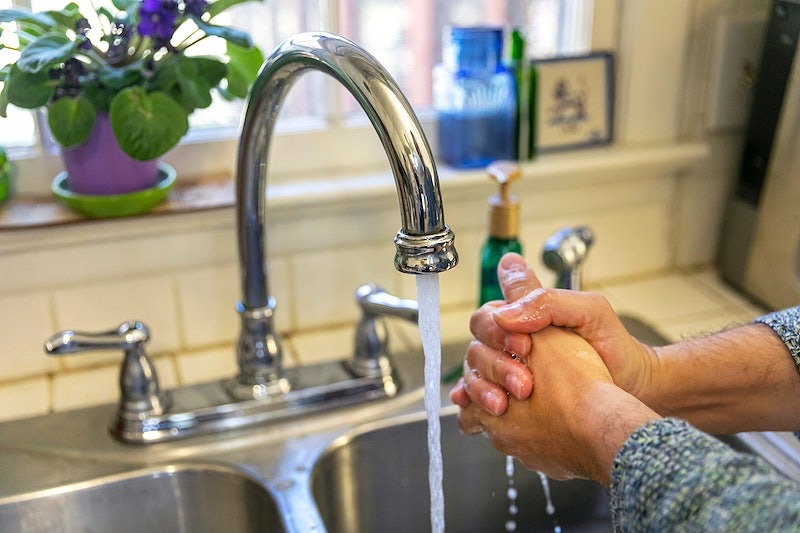
5. Start Cleaning Up
If your house is flooded from a burst pipe, it's essential to dry the damp locations as quickly as possible. The longer water sits, the much better chance there is for mold to grow and for more substantial, long-term damage to be done.
How to Clean Up After a Water Leak. Salvage Important Belongings
When it comes to standing water in any room, you need to rapidly disconnect any electronics before you begin recuperating essential possessions.
When restoring products that have can be found in contact with water, prioritize things that are the most hard to change or the most expensive, such as important documents, household keepsakes, computers and TVs.
Dry Any Wet Areas
Remove everything you can from the impacted areas, consisting of soaked carpets and furniture.
If you've shut off your power or standing water is shallow, you can utilize old towels, mops and containers to dry impacted locations. If your house is flooded a couple of inches or more from the burst pipe, you'll want to utilize a submersible pump or a wet/dry vac. These can be rented or bought from your local hardware shop or Home Depot.
After standing water has actually been cleaned up, open windows (weather condition permitting) and set up fans and area heating units to speed up the drying procedure. Claims Mate's Stephanie Corona alerts not to switch on your A/C system to dry out a flood, as microbials can get up into your ductwork in this manner and result in additional damage.
When it comes to burst pipes flooding your basement, extra clean-up procedures are likely in order. Discover how to repair and tidy up a flooded basement here.

Toss Ruined Items
When the emergency situation clean-up and repair work are done and you have all your insurance paperwork taken care of, it's time to eliminate anything that's been destroyed or is at danger of growing mold. Important items to deal with include:
Carpeting, carpets and drywall that have been submerged. Cloth products or upholstered furniture that isn't washed and dried within 48 hours. Electronics that have been submerged and damaged.
If you're questioning the safety of any product, ask a professional to make certain none of the products you're conserving are at risk of growing mold or germs. And if you have a lot to eliminate once you begin cleaning up, consider renting a dumpster to dispose of your waste.
Decontaminate and Take Action to Prevent Mold Growth
Definitely everything that's come into contact with the water leak requires to be effectively dried, cleaned up and sanitized. Depending upon the seriousness of water damage in your home, you may consider generating mold-prevention and repair experts at this point in your cleanup. These experts have correct tools to identify wetness behind walls and under floor covering, to guarantee the home is devoid of mold and residual water damage.
How to Prevent Pipes From Freezing
Common Causes for Busted Water Pipes Freezing, likely from exposure to severe cold and absence of insulation
- Water hammer-- or the movement of unsecured pipes-- deteriorating pipe joints
- Concerns with high or ever-changing water pressure
- Deteriorated pipe walls due to rust and difficult water corrosion
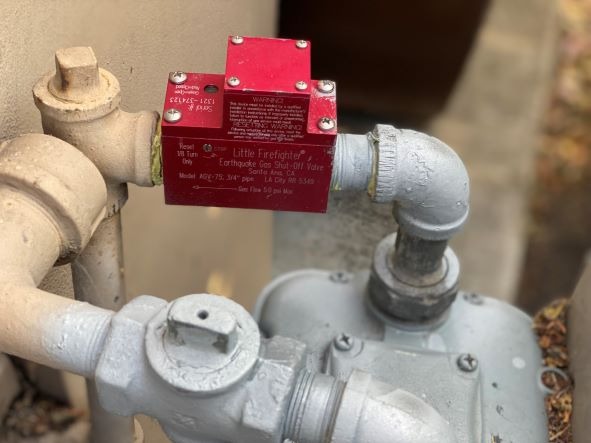
It goes without saying that any homeowner would want to prevent the stressful (and typically expensive) experience of having a burst pipeline flood your house.
So, how can you avoid your pipes from freezing and bursting in the future?
The most reliable avoidance ideas include:
Draining pipes outside pipes when the weather condition starts to get cold. Adding insulation to unheated areas with pipelines, such as the garage, an unfinished basement or the attic. Insulating pipelines themselves, using foam tubing. (Pro Tip: Home enhancement stores offer self-sealing insulation for simple DIY attachment.)Keeping a constant temperature level set on your thermostat, and never letting your home's temperature level dip lower than 55 degrees Fahrenheit. Letting cold water drip from your faucets when temperatures are listed below freezing.
If you think a frozen pipe, attempt defrosting it using a hair clothes dryer or space heating unit before the pipeline bursts.
Plan Ahead to Protect the Rest of Your Home
After managing the burst pipe repair work and water leak clean-up to restore your house, you might feel inspired to take extra measures that will safeguard your house from future damage.
If you live in the San Francisco Bay Area and the surrounding cities like San Mateo, San Carlos, Mountain View, Campbell, San Jose, Milpitas, Fremont, Hayward, San Leandro, Burlingame, Daly City and South San Francisco and need help with an installation, I suggest calling Legacy Plumbing and Rooter (408) 649-3149. We are here to answer your questions as well.
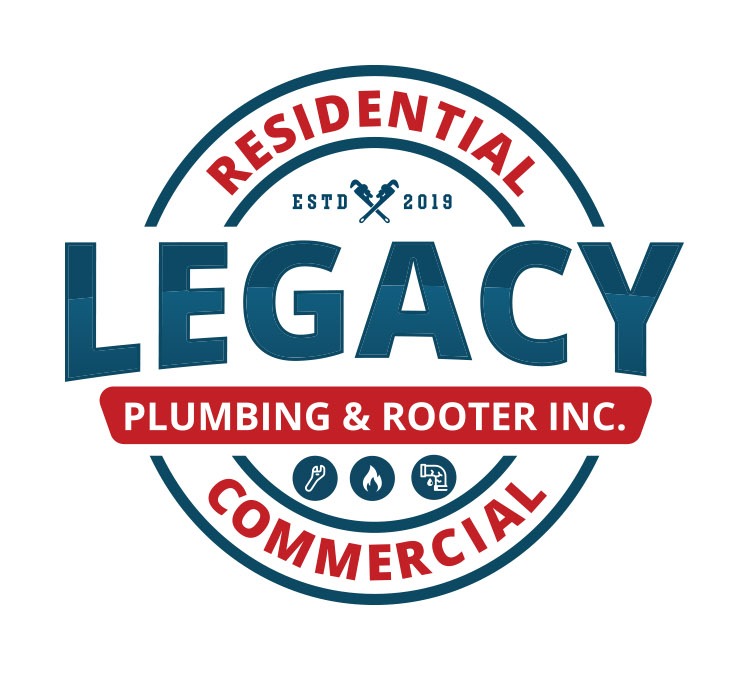
 Add Row
Add Row  Add
Add 






Write A Comment